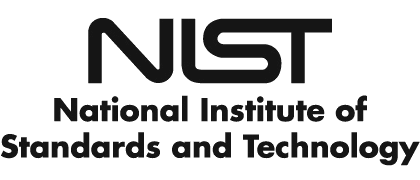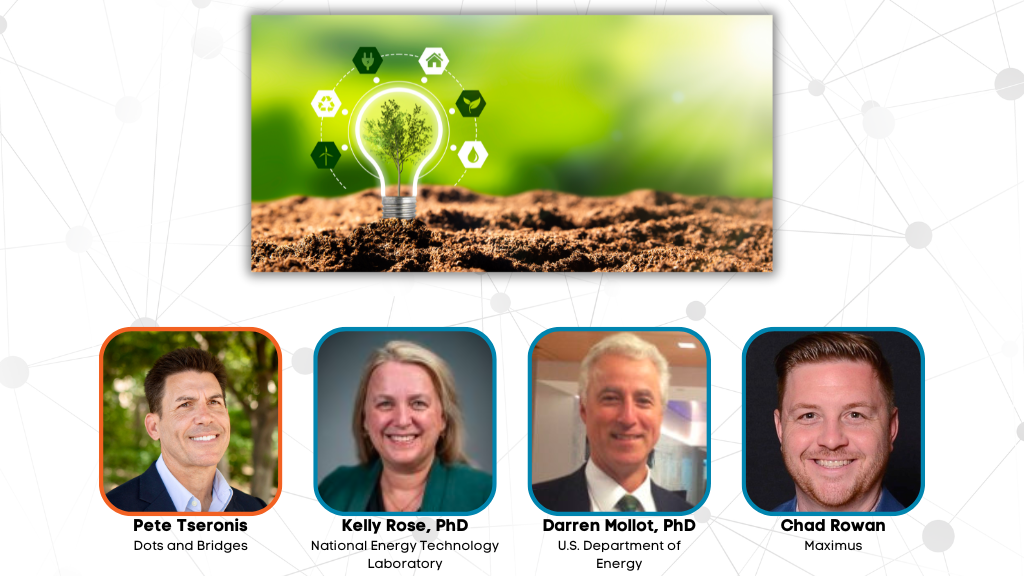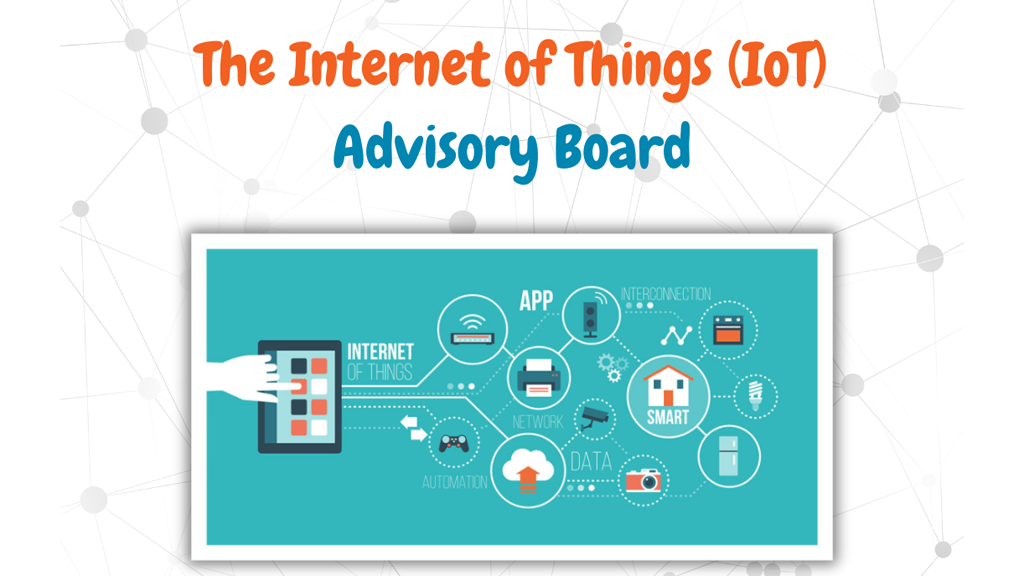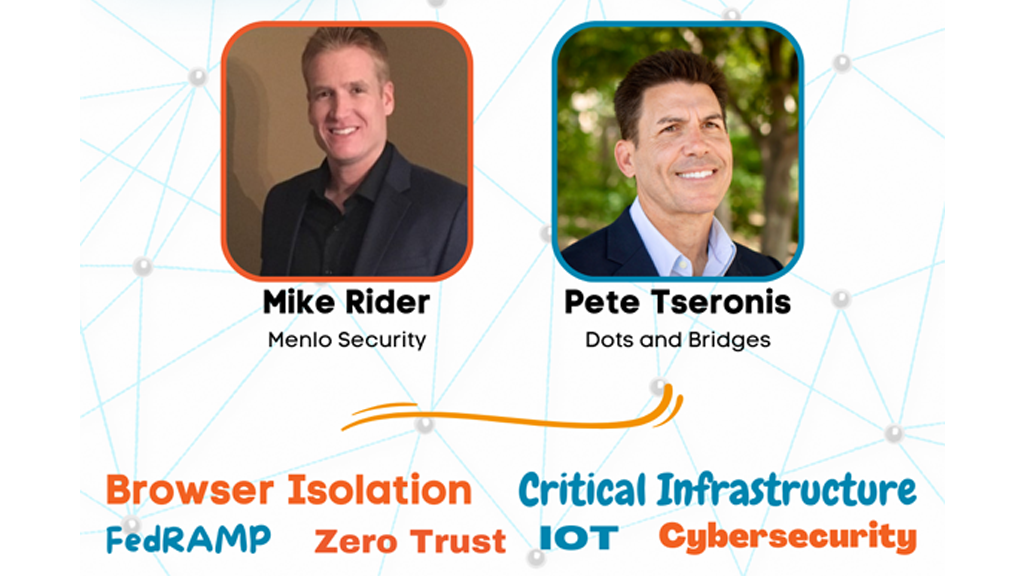Utility SuperCluster:
The Metro21/Roadbotics Story
A Collaborative Success
Equal Parts People, Process, Policy, Technology
BACKGROUND
The Utility SuperCluster of the Global City Teams Challenge focuses on sustainability challenges related to Energy, Water and Waste Management by bringing cities, counties, and municipalities together with Government, Commercial, Non-Profit, and Academia to celebrate inventiveness, share best practices and demonstrate world-class innovation.
In keeping with the spirit of continuously fostering partnerships, the Utility SuperCluster hosts a series of guided conversations among noted authorities in matters related to sustainable energy, water management and conservation, and a resilient utility sector. Moreover, we intend to deliver these transformational insights in a conversational, “fireside chat” manner.
WATCH NOW
Recorded on October 13, 2021
FULL WEBCAST | Utility SuperCluster: The Metro21/Roadbotics Story | A Collaborative Success
Fueled by Pittsburgh | Sponsored by NIST
ABSTRACT
Our world has fast become increasingly dependent on “smart” devices in fundamentally new ways. Subsequently, the “critical” infrastructure, i.e. assets, networks, and systems, underpinning our cities/communities require the security, functionality, and resiliency deemed vital to public safety, prosperity, and well-being.
Incorporating a heterogeneous, Industrial Internet of Things (IIoT) Smart City fabric requires continuous diagnostics and mitigation to reduce cyber-physical risk AND provide visibility. These technologies will enable cities and communities to improve services, promote economic growth, and enhance the quality of life but also require thoughtful risk mitigation.
A “smart” Infrastructure is much more than the cyber-physical security considerations; it is also about participatory, collaborative, and transparent engagement seeking to mitigate public safety risk. Given today’s ubiquitously-connected world, it is paramount that we embrace an opportunity to pursue research, development, and deployment of key technologies; share robust datasets; integrate models to inform decision-making; harmonize policies where warranted; and enhance progressive dialogue.
THOUGHT LEADERS

Michael Dunaway, PhD
Associate Director,
Innovation and Cyber-Physical Systems
NIST
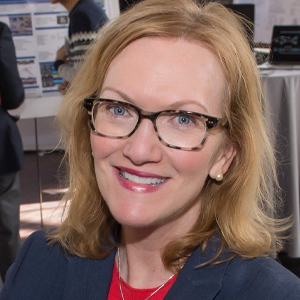
Karen Lightman
Executive Director
Metro21: Smart Cities Institute

Ben Schmidt, PhD
CEO and Co-Founder
RoadBotics

Bruce Walker
Chief Risk Officer (Energy),
Analysis and Resilience Center (ARC)
Dots and Bridges is motivated to engender thought-provoking dialogue addressing how Technology, Humanity, and Culture intersect. Utilizing the power of Storytelling and Translation, we highlight individual expertise, feature technological innovation, and convey societal impact. Founded by Pete Tseronis, Dots and Bridges serves as a unique nexus for “Connecting Dots and Building Bridges” by humanizing the thought-leading individuals that embody passion and purpose to serve a “greater good.”
An accomplished entrepreneur, business executive, and technology strategist with 30+ years leading Cabinet-level and commercial entities, Pete maintains a fervor for collaborating with Government, Industry, and Academia to unearth and stimulate transformative innovation while increasing private-sector commercialization. Pete worked inside the U.S. Federal Government for 25 years, kicking-off his career at the Pentagon and finishing as a Senior Executive Service member. He served 4 Presidential Administrations, 3 Cabinet Agencies, and was appointed Chief Technology Officer at the U.S. Department of Energy and the U.S. Department of Education.

Pete Tseronis
CEO and Founder | Moderator
Dots and Bridges LLC
The National Institute of Standards and Technology (NIST) was founded in 1901 and is now part of the U.S. Department of Commerce. NIST is one of the nation’s oldest physical science laboratories. Congress established the agency to remove a major challenge to U.S. industrial competitiveness at the time—a second-rate measurement infrastructure that lagged behind the capabilities of the United Kingdom, Germany, and other economic rivals.
From the smart electric power grid and electronic health records to atomic clocks, advanced nanomaterials, and computer chips, innumerable products and services rely in some way on technology, measurement, and standards provided by the National Institute of Standards and Technology.
Today, NIST measurements support the smallest of technologies to the largest and most complex of human-made creations—from nanoscale devices so tiny that tens of thousands can fit on the end of a single human hair up to earthquake-resistant skyscrapers and global communication networks.

